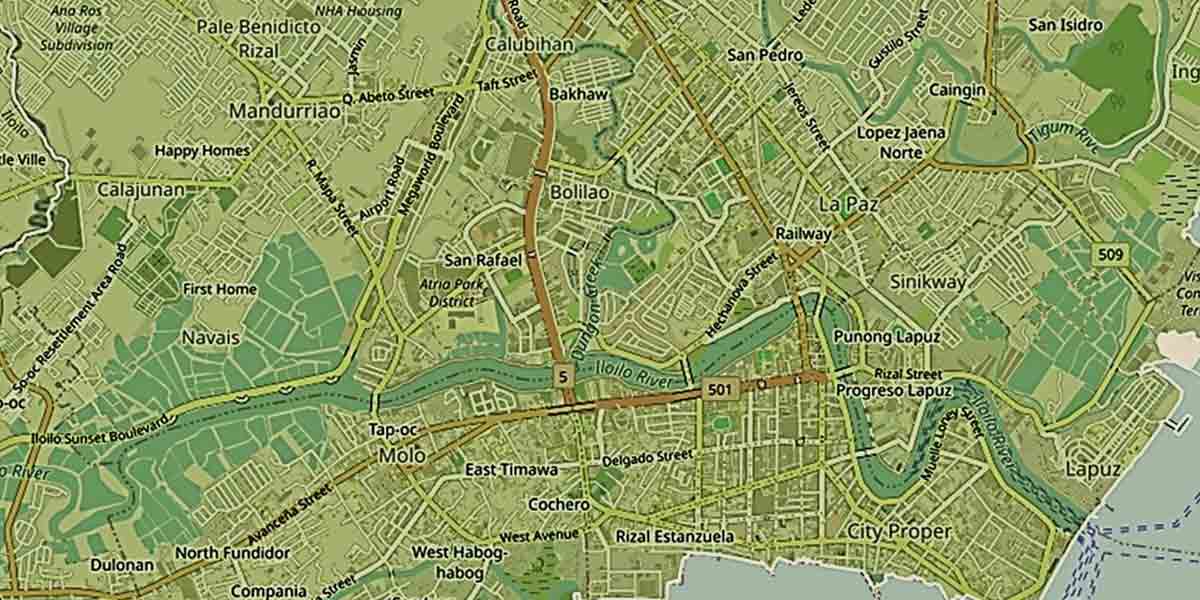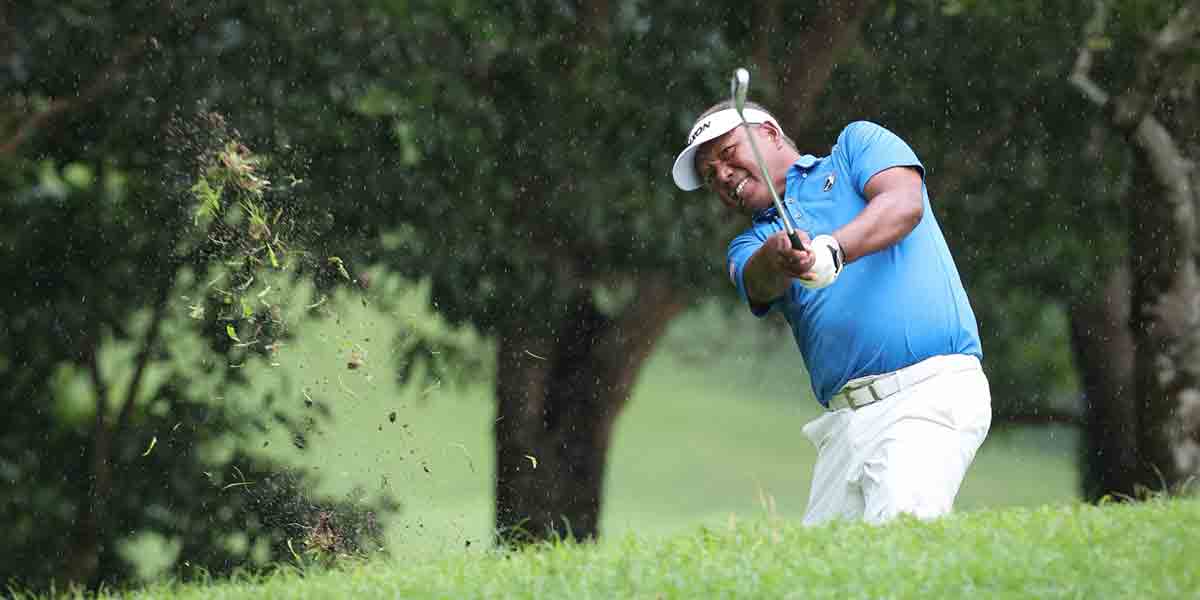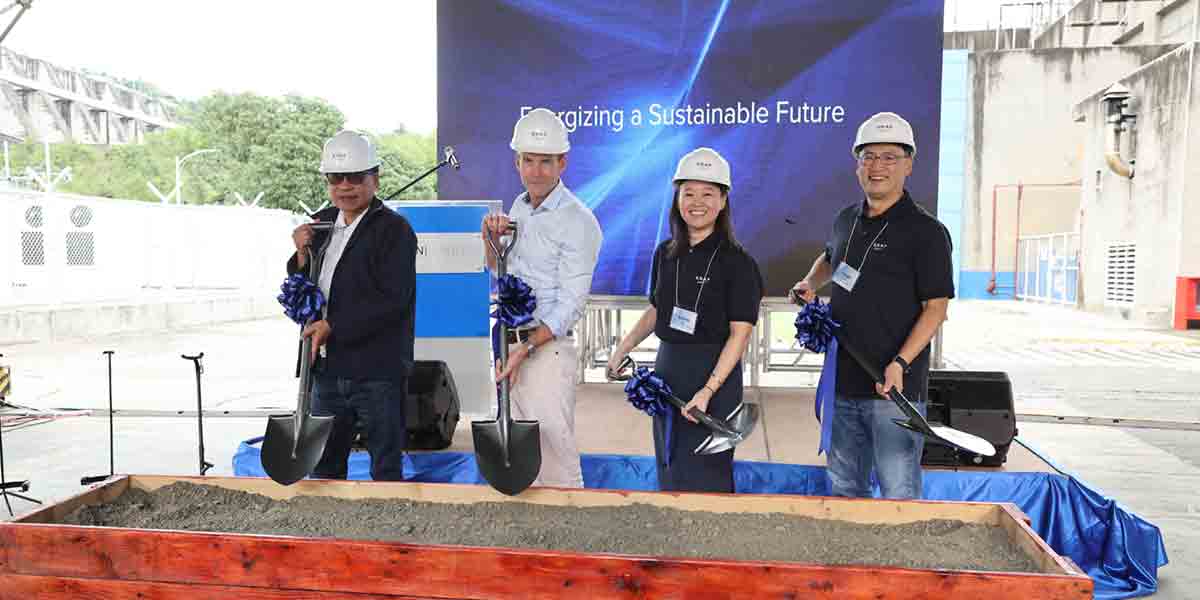
By Rjay Zuriaga Castor
The land subsidence of 9 millimeters per year (mm/yr) in Iloilo City and nearby areas in the province is relatively low compared to other metropolitan cities in the country but it should not be taken for granted, according to a geologist from the University of the Philippines (UP).
Dr. Alfredo Mahar Francisco Lagmay, director of UP Resilience Institute (UPRI), alluded that the low ground subsidence or rate of sinking for Iloilo can be considered a positive sign, especially given the area’s economic growth and rapid urbanization.
Lagmay is one of the authors of the UPRI study entitled “Ground subsidence in major Philippine metropolitan cities from 2014 to 2020.”
He is also an academician of the National Academy of Science and Technology and director of UPRI’s core component, the UP Nationwide Operational Assessment of Hazards Center.
The UPRI study found that Metro Iloilo has experienced land subsidence at rates ranging from 4.0 to 8.8 mm/yr, with an average of 9 mm/yr.
Specific subsidence rates identified in various areas of Iloilo are:
- San Rafael (Mandurriao), Iloilo City: 8.8 mm/yr
- Banuyao (Lapaz), Iloilo City: 8.1 mm/yr
- Calahunan (Mandurriao), Iloilo City: 4.0 mm/yr
- Alibay Norte, Oton: 4.6 mm/yr
- Ungka I, Pavia: 4.7 mm/yr
- Poblacion, Leganes: 2.6 mm/yr
“It’s low, and we should be glad that despite the urbanization in the area, the rates are not as high as in those parts of Greater Metro Manila that have subsidence at alarming rates,” he said in a session with the Future Earth Philippines.
He noted that compared to Iloilo’s subsidence rates, other metropolitan areas in the country face more significant challenges: 109 mm/yr in Bulacan, 11 mm/yr in Metro Cebu, 38 mm/yr in Metro Davao, and 29 mm/yr in Legazpi City.
Despite the low subsidence rates in Iloilo, Lagmay emphasized that the issue should not be ignored.
“We included it because subsidence was noted, and it’s in these areas, though it’s minor, it’s still there. Perhaps, the best thing to happen is to find out why that is,” he said.
Lagmay urged the government to check if the subsidence is caused by the massive and unregulated groundwater extraction and to determine the extent of its impact.
He stressed that early identification of subsidence and its causes is crucial to prevent further complications in the future.
Iloilo City Mayor Jerry Treñas previously said he is open to conducting further evidence-based scientific studies that would help the city in its preparation and mitigation measures against climatic and geological threats.
Neil Ravena, chief of the City Environment and Natural Resources Office, also told Daily Guardian that the city government is moving forward with the development of a comprehensive water management action plan to adapt and mitigate the land subsidence.





















